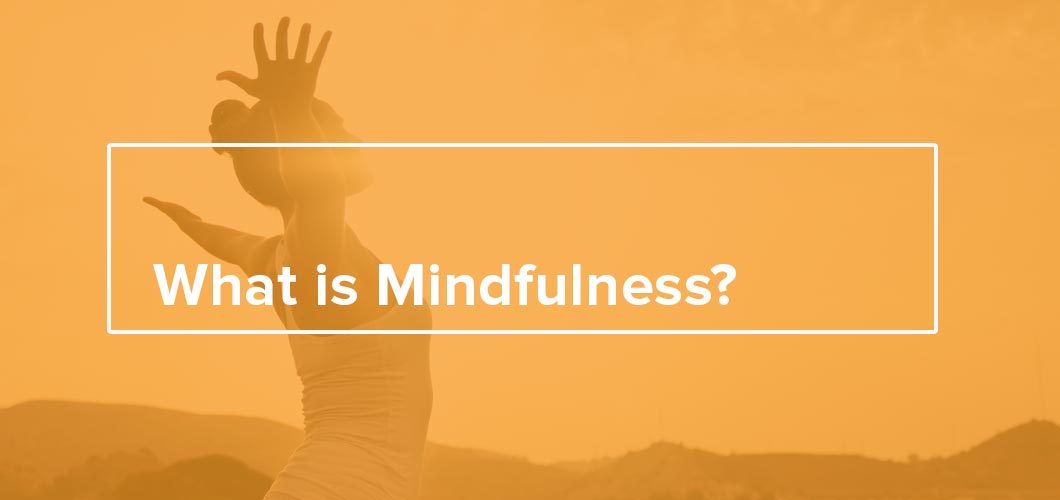As we age, our minds become very busy; busy minds tend to go on autopilot where we tune out our inner and outer environments. As children, we were better able to observe things through our five senses. Children are not as conditioned by societal norms and culture, and therefore aren’t as prone to analyze, create judgement or criticize. In the absence of these ideas, their senses are much stronger than the average adult.
Definition:
Mindfulness is the ability to focus solely on one task without letting the mind wander. Here, we focus in a specific way where we don’t analyze, judge, or react. Mindfulness is a type of meditation aimed to condition the mind on being present in our moment to moment experiences. It’s about being completely aware of even the most mundane tasks.
Benefits of Mindfulness:
- Being fully engaged in our experiences prevents the mind from wondering into the past or future, which more times than not is associated to feelings of lack, unworthiness, regret, fear, stress and anxiety. Therefore, mindfulness can reduce and prevent unnecessary stress on the mind and body.
- By engaging your senses and being mindful of even the most ordinary tasks, we become better aware of our bodies. We notice whether we need rest, exercise, hydration or nutrition.
- Mindfulness exercises help to develop the ability to focus along with the ability to refocus once we notice we’ve been distracted.
- Mindfulness gives us the ability to allow thoughts to come and go without getting caught up in them. Through time, we can observe them without reacting, attaching to an emotion, or trying to control the outcome.
Practicing Mindfulness – Observing details by engaging the five senses
- Sight
- Sound
- Taste
- Scent
- Touch
Example: Drinking your Coffee or Tea
Sight – Before brewing your coffee, you simply notice the packaging it comes in. Notice where the leaves or beans have come from. Choose the appropriate coffee cup. Watch the sight as you fill your cup.
Sound – Listen to the water boiling, or coffee brewing. Listen as you fill your cup.
Touch – Lift your cup and notice the weight of the filled mug in your hands. Notice the temperature of the mug in your fingers and how is warms the mouth. Follow that warmth, as it flows down the throat and into the stomach.
Scent – Pay attention to the aroma coming from your cup. Take one or two intentional breaths as you slowly breathe in the flavors of your fresh and rich coffee.
Taste – Without mindlessly sipping your drink while watching the latest news, consciously take your first sip allowing the liquid to hit all four corners of your mouth. After the first sip, sit in stillness and swallow again noticing the taste and texture. Intentionally decide whether to add cream or sugar.
Other mindfulness exercises to try:
- Taking a shower
- Backing out of the driveway
- Eating a meal
- Watering plants
By Erica Matechuk, RYT 200



